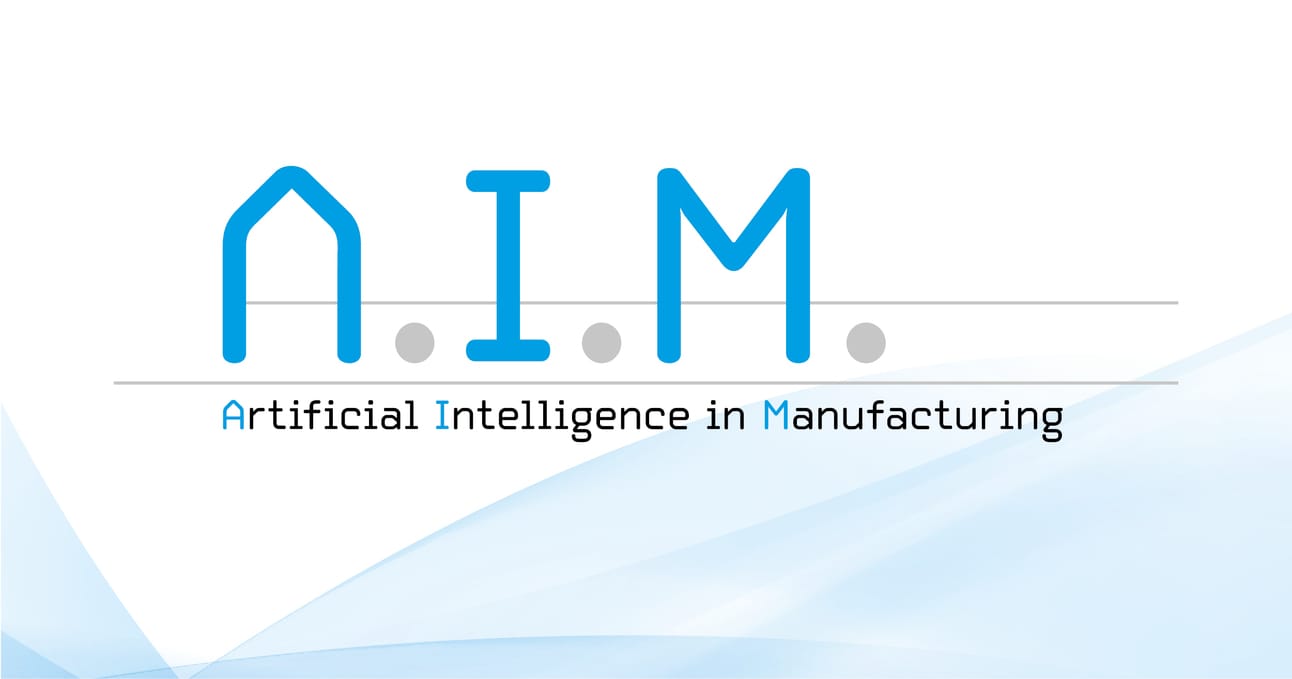- AI in Manufacturing
- Posts
- Automation Gets Smarter: From Multisensor Platforms to Edge Intelligence Driving Real-Time Factory Decisions
Automation Gets Smarter: From Multisensor Platforms to Edge Intelligence Driving Real-Time Factory Decisions
Plus: Multisensor AI boosts factory visibility, no-code platforms empower frontline teams, edge tools drive precision at speed, automation inches toward autonomy, and smart manufacturing investments show no signs of slowing – and more!


As AI capabilities continue to mature, the conversation is moving beyond proof-of-concept. We’re now seeing real traction in factory environments not just from AI itself, but from the supporting automation and platforms that make it scalable.
This week, a major update to a multisensor AI platform is enabling manufacturers to connect, monitor, and act on machine-level data with new levels of speed and precision. It's another signal that industrial intelligence is becoming less reactive and more predictive.
Zooming out, a thoughtful analysis of AI’s role in the labor market challenges some assumptions, suggesting the path forward won’t be about replacing humans, but augmenting them. What kind of workforce will thrive in these hybrid environments?
Adding to that, intelligent automation is being deployed more strategically across factory floors, thanks to 5G and edge capabilities. The outcome? More adaptive processes that respond in real time, rather than relying on centralized systems.
In parallel, tools that simplify AI model setup are gaining traction, especially among teams looking to move quickly without deep technical overhead. Lowering that friction point may be key to broader adoption across midsize manufacturers.
Robot programming is also getting a rethink. A new approach using AI-driven no-code platforms is cutting deployment time and cost, making robotics far more flexible, and usable by teams without traditional coding expertise.
Finally, advances in edge sensor technology are sharpening how manufacturers interpret high-volume signals in real time. For precision-critical industries, this could mean fewer errors, faster adjustments, and stronger overall efficiency.
AI may not have fully taken over the factory floor, but it's becoming more embedded, more intuitive, and more essential with each passing week.
Thanks for reading. As always, feel free to hit reply and share what you’re seeing on your side of the manufacturing world. To stay ahead of the curve in the world of AI in manufacturing, you can follow us on LinkedIn for daily updates and breaking news. Here’s to another week of smart, AI-powered innovation!


